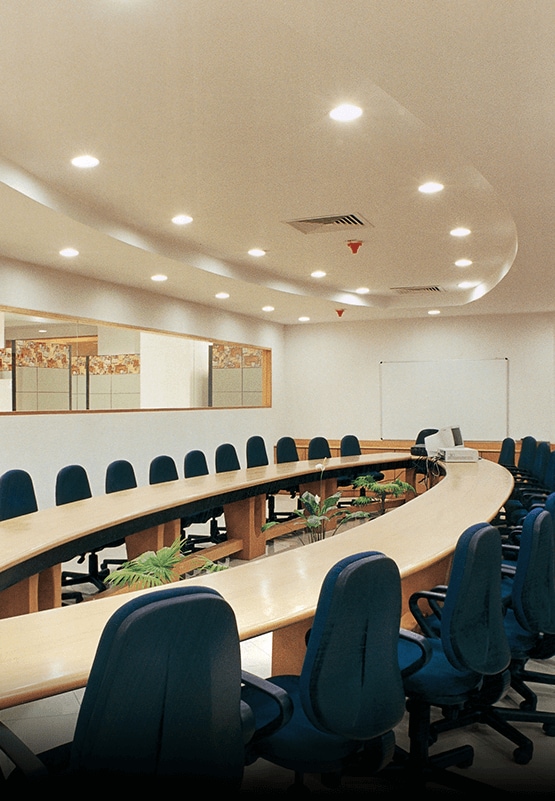
Bangalore campus, new LED fixtures for greater efficiency
Our lights have intelligence
Every time we leave a lightbulb on when it is not needed, we waste electricity.
The impact of this multiplies several fold when it happens on a large scale in commercial spaces and offices, especially during after-office hours.
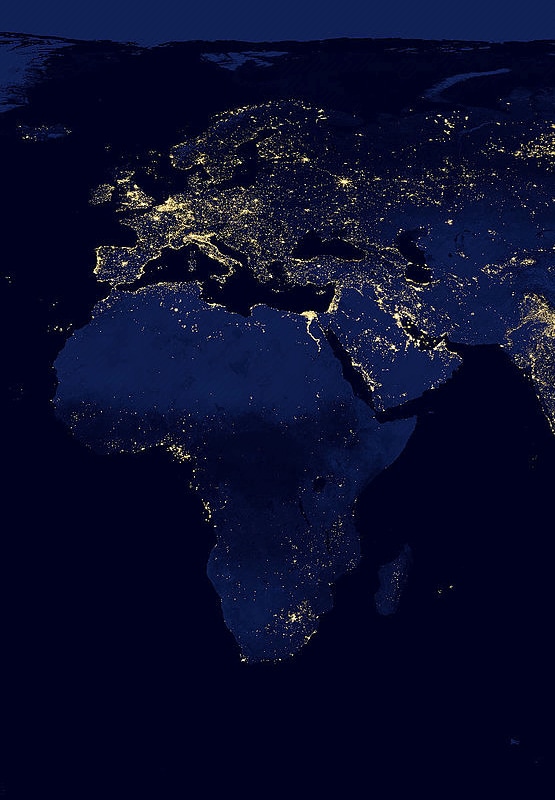
Global city lights
Photo credit: Visible earth, NASA
More than a million people across the world live without electricity
And now, think of this…
The total amount of energy wasted globally every year could easily provide electricity to more than 100,000 families.
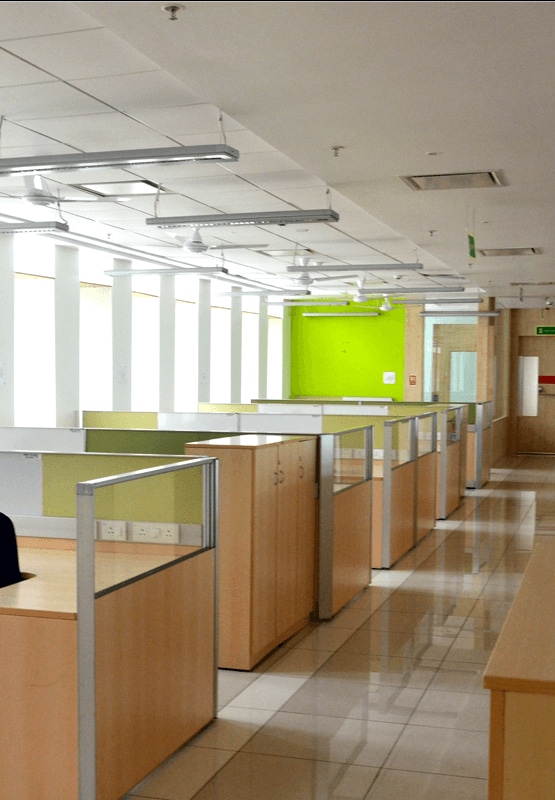
Bangalore campus, new LED fixtures for greater efficiency
Something had to be done to reduce wastage and consumption of electricity
So we came up with a two-pronged lighting design strategy…
We harvest daylight, and while making maximum use of natural light, we also deploy intelligent artificial lighting. Through simulation software, we determine the optimal number of fixtures required and their locations in our lighting design. But that is just one aspect about the numbers. What makes the design truly intelligent?
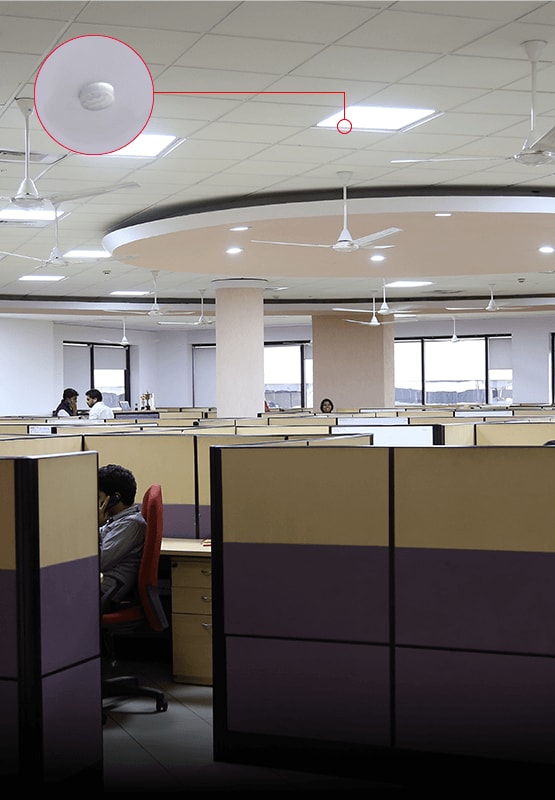
Bangalore campus, LED lights with occupancy sensors
For daylight harvesting as well as artificial lighting, we use sensor technology
Sensors bring efficiency and intelligence to the design...
Assessing the available daylight inside the buildings, daylight sensors turn on and control the artificial lights.
Occupancy sensors use passive infrared (PIR) technology to detect movement. In response to the occupancy of a given workspace, the sensors can turn on or turn off artificial lights.
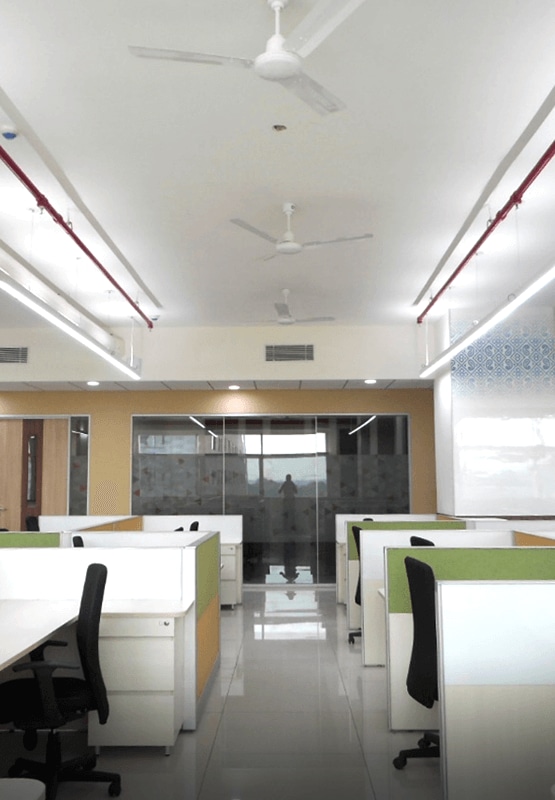
Bangalore campus, workspace with volumetric lighting
We strongly believe that optimal use and comfort go hand-in-hand
In our workspaces, we use volumetric lighting
Volumetric lighting is a technique that we use to direct 60 to 70% of the light from our lighting fixtures downwards, while the remaining 30% goes up and bounces back. As a result, we have uniform vertical and horizontal lighting, which ensures greater visual comfort in our workspaces.
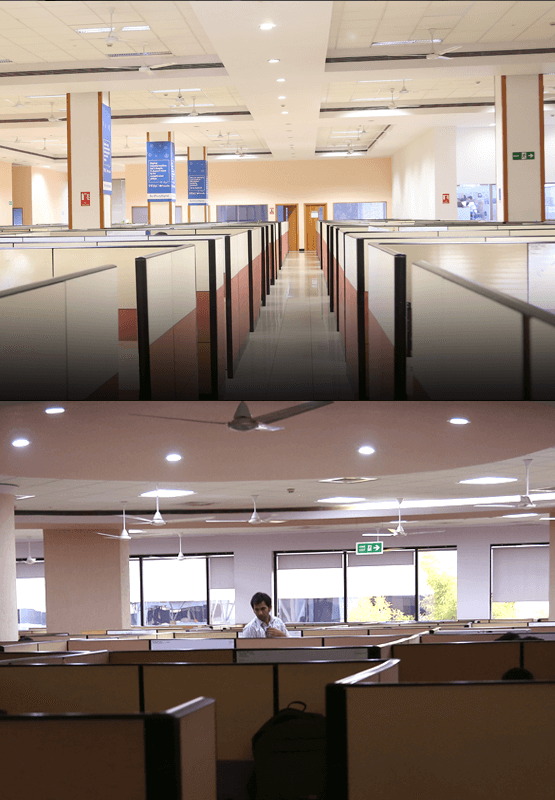
Bangalore campus, new LED fixtures for greater efficiency
Our existing CFL lights have been retrofitted with LED luminaires with integrated sensors
The new LED fixtures enhanced in-house with sensors helped us overcome a design challenge in our existing buildings.
In our existing building designs, with a single switch controlling 10-12 light fixtures in a row, selectively switching off lights was not possible. The sensors in the new fixtures make it possible to turn on, dim or switch off individual lights. Additionally, these fixtures have helped us avoid potential environmental hazard from the mercury content in CFL lamps.
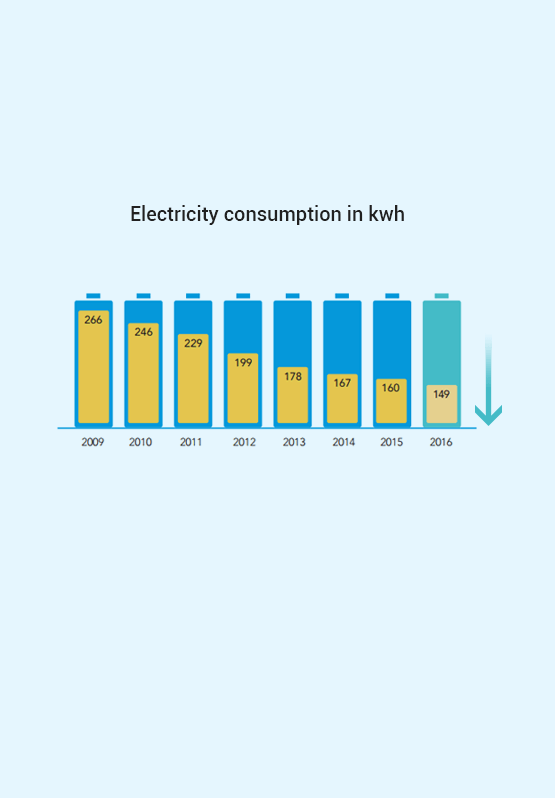
Compared to our older CFL fixtures, our new LED lights have a longer life span
And that’s not all ...
The combination of efficient LED luminaires and daylight harvesting in our design has brought down our lighting energy consumption by 60%, compared to 2008 levels.
Read more on how we harvest daylight.

